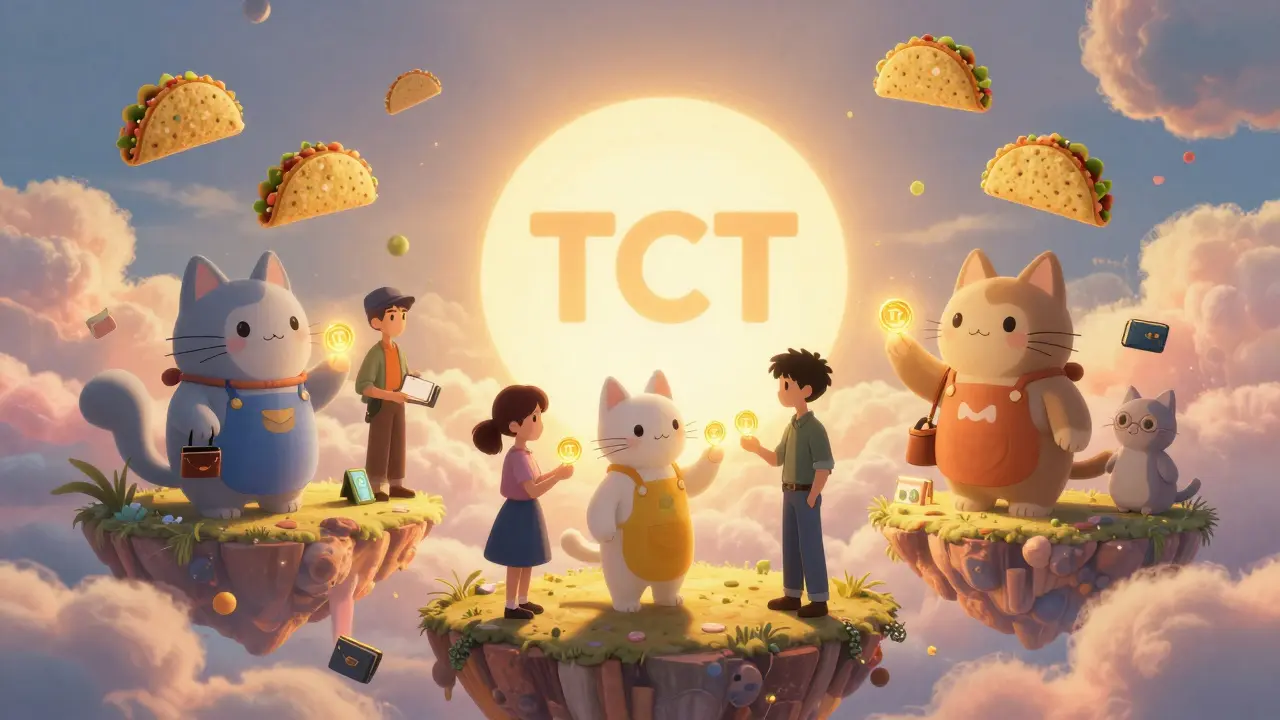CoinMarketCap NFT: What You Need to Know About NFT Tracking and Market Data
When you check CoinMarketCap NFT, a popular platform for tracking non-fungible token prices, trading volume, and collection rankings. Also known as NFT market data tracker, it gives you a snapshot of what’s hot, what’s dying, and what’s likely a scam. Most people use it to see if their NFT is up or down, but few realize how much of that data is misleading or manipulated.
Under the hood, CoinMarketCap NFT pulls info from dozens of blockchain networks—Ethereum, Solana, Polygon—and tries to match each NFT collection to its sales history. But here’s the catch: if a collection has no real sales, the platform might still show a "floor price" based on fake listings or washed trades. That’s why you’ll see NFTs on CoinMarketCap with $500,000 market caps that no one actually paid for. It’s not always wrong—it’s just incomplete. That’s why you need to cross-check with OpenSea, Blur, or LooksRare before making any move.
Related to this are the tools and metrics that matter: NFT trading volume, the total value of NFTs sold over a set period, tells you if a collection has real demand. Floor price, the cheapest NFT in a collection you can buy right now shows you entry points—but only if the sales are real. And NFT collection rarity, how unique a specific NFT is compared to others in the same set? That’s often just marketing. Some platforms inflate rarity scores to make junk look valuable. You’ve got to dig into the attributes yourself.
What you’ll find in this collection are real breakdowns of NFT projects that showed up on CoinMarketCap—some with massive hype, others with zero trading activity. We’ve looked at how Supply Chain NFTs are being used legally by companies to track goods, how meme NFTs like Dogs Of Elon use tokenomics to drive engagement, and why most new NFT projects listed on CoinMarketCap vanish within months. There’s no fluff. Just what’s working, what’s not, and what you should avoid.






